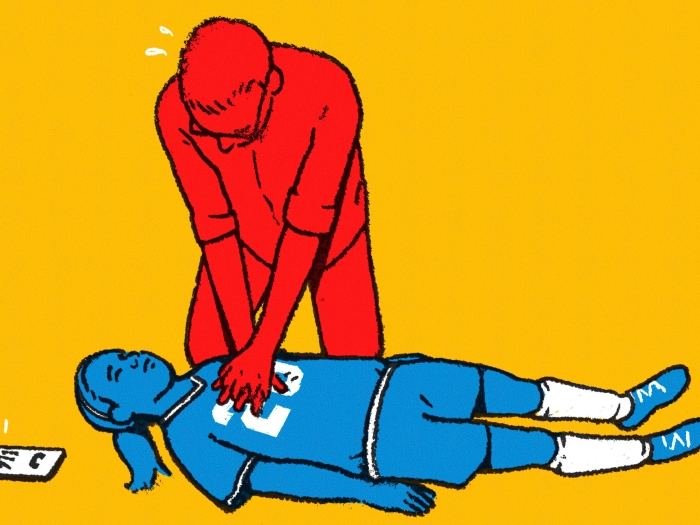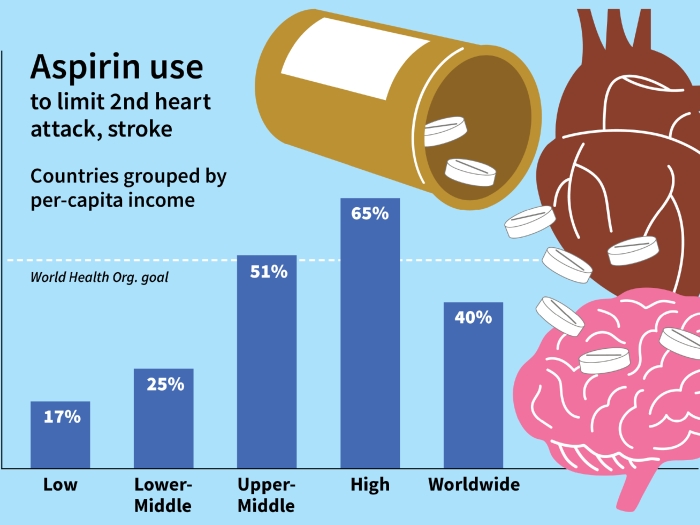Left-side weakness (a hallmark stroke sign) was enough to get Katharine Jones to the emergency department. She credits her good outcome to this quick action.
1:00 PM
Author |

You've probably heard of F.A.S.T., the symptoms of stroke that mean a call to 911 is in order. But as one Ann Arbor woman's story shows, sometimes action is warranted before all the symptoms develop.
MORE FROM MICHIGAN: Sign up for our weekly newsletter
F.A.S.T. stands for face, arms, speech and time. If the face droops, an arm goes numb or speech sounds slurred, all might indicate stroke. Time means it's of the essence — the sooner someone heads toward emergency treatment, the better.
Katharine Jones, 74, says she knew something was wrong when one symptom appeared.
One day in February, Jones was getting ready to drive her grandsons home after a weekend of fun. She felt a little lightheaded, but after resting for a moment she herded the boys into the car for the 25-minute drive to her daughter's house.
"As we were driving, I didn't feel quite right," Jones remembers. "I couldn't explain exactly what it was, but my left side wasn't feeling quite normal."
When they arrived, Jones remembers waiting for her daughter to come out to the car. She didn't have any control of her left arm by this point.
"I told her, 'I think I am having a stroke or a heart attack.' We were in the emergency room within an hour of my feeling a little weak at my home," she says. Jones never experienced a droopy face or trouble speaking, but by the time they pulled into the hospital, her left leg was so weak she couldn't get out of the car.
Mollie McDermott, M.D., stroke neurologist at Michigan Medicine's Comprehensive Stroke Center, says Jones' quick recognition that something was wrong likely had a huge impact on how well she's doing just three months later.

Why quick action matters
"Katharine came to the emergency department with left-sided weakness, and she was treated very quickly with IV tPA within 1.5 hours of her last-known normal, which is very good," McDermott says. "It's so important to get to the ED fast because tPA improves long-term outcomes."
SEE ALSO: How Rehabilitation Helps Stroke Patients Recover 'Faster and Better'
tPA is a clot-busting drug that must be administered within hours of a stroke. It improves survival rates and outcomes.
After receiving tPA, Jones says she had more control each time she was tested. It was a huge relief. She spent four days in the stroke unit, then she started inpatient rehabilitation.
"Every day, I saw good progress getting back to normal, and now I can say I am back to normal," Jones says. "I'm very lucky that I recognized the symptoms and was able to get to the hospital quickly to get tPA."
She's always been an active person. Jones traveled to New Zealand last year. She takes lots of walks, and, of course, she loves running around with her grandsons. The only indication something is different on her post-stroke walks, Jones says, is her left leg will drag a little bit when it's cold or if she's tired.
Another takeaway? In the case of a stroke, call 911 right away instead of driving, McDermott says, so EMS can start coordinating for your care with the hospital's stroke team. Jones says she was lucky her daughter could get her to the hospital so quickly; otherwise she would have called 911.

Explore a variety of healthcare news & stories by visiting the Health Lab home page for more articles.

Department of Communication at Michigan Medicine
Want top health & research news weekly? Sign up for Health Lab’s newsletters today!





